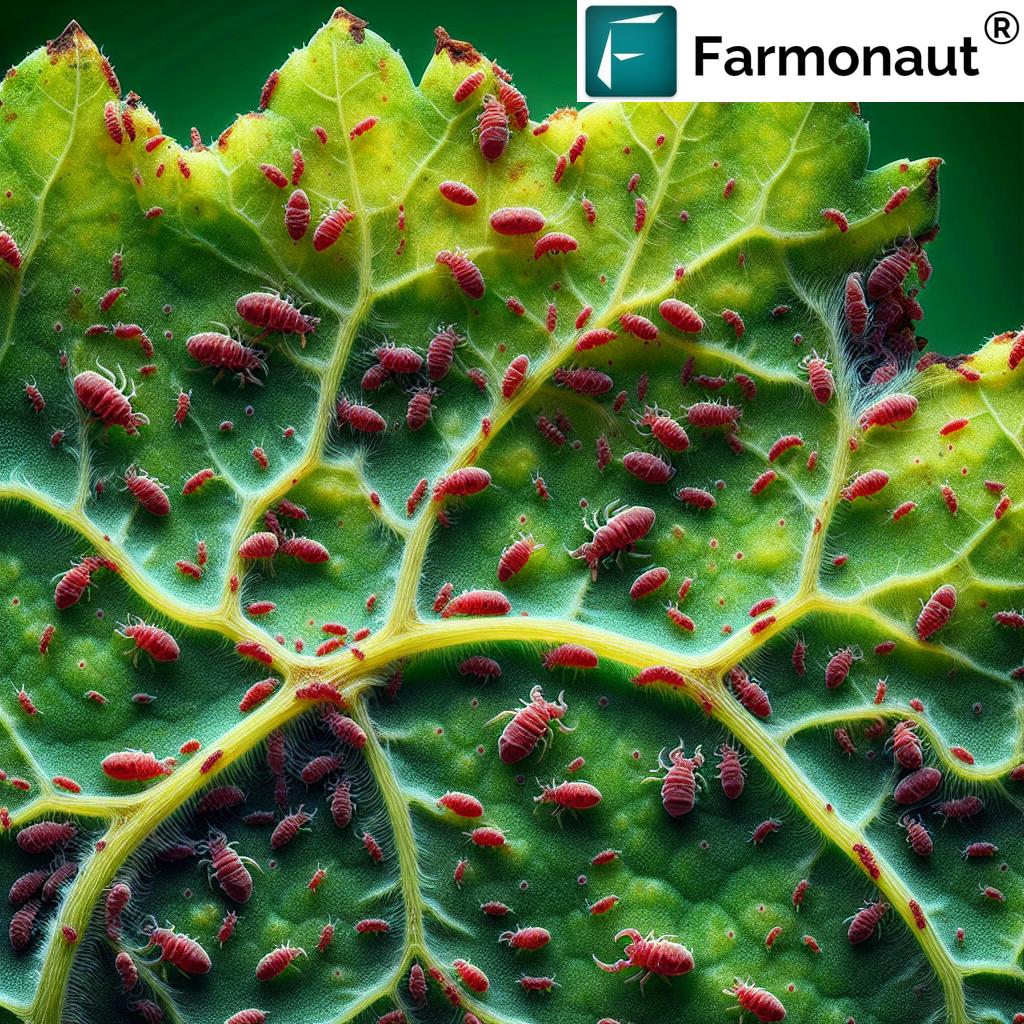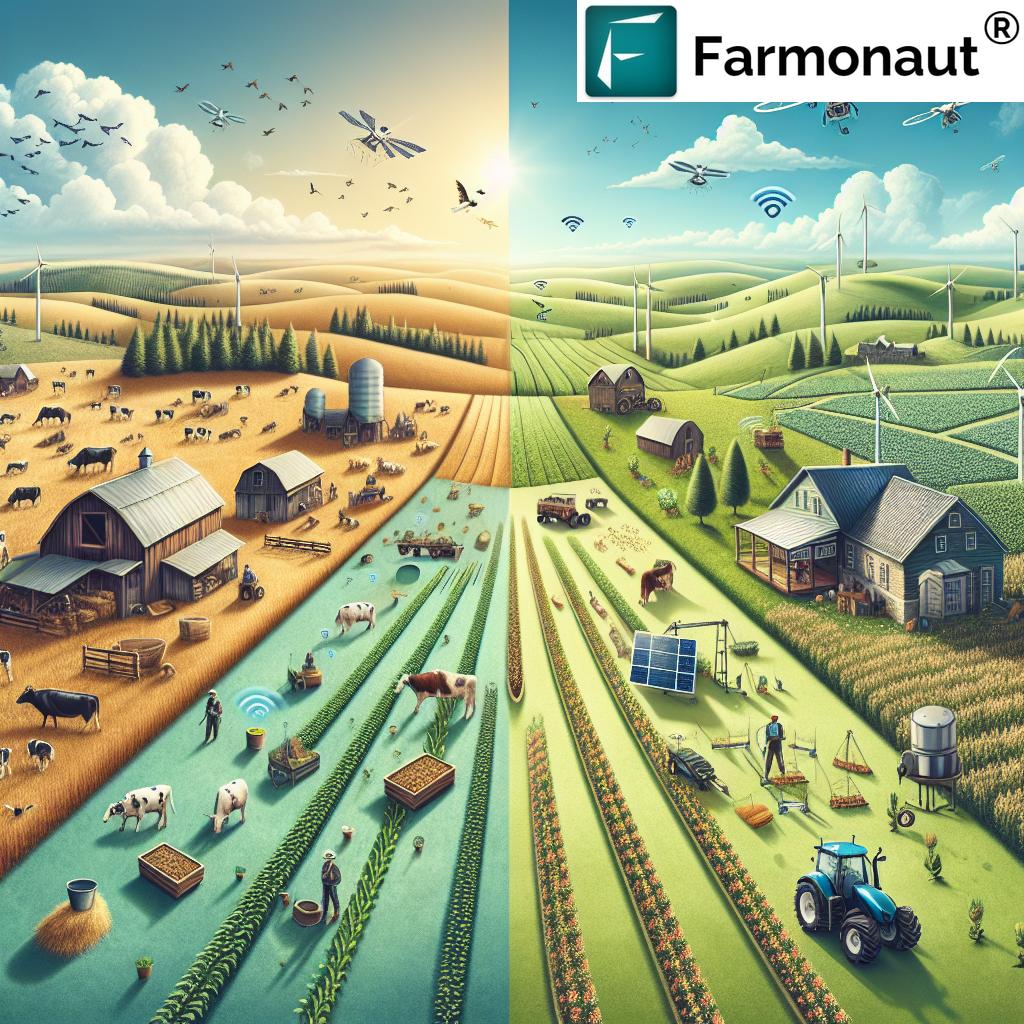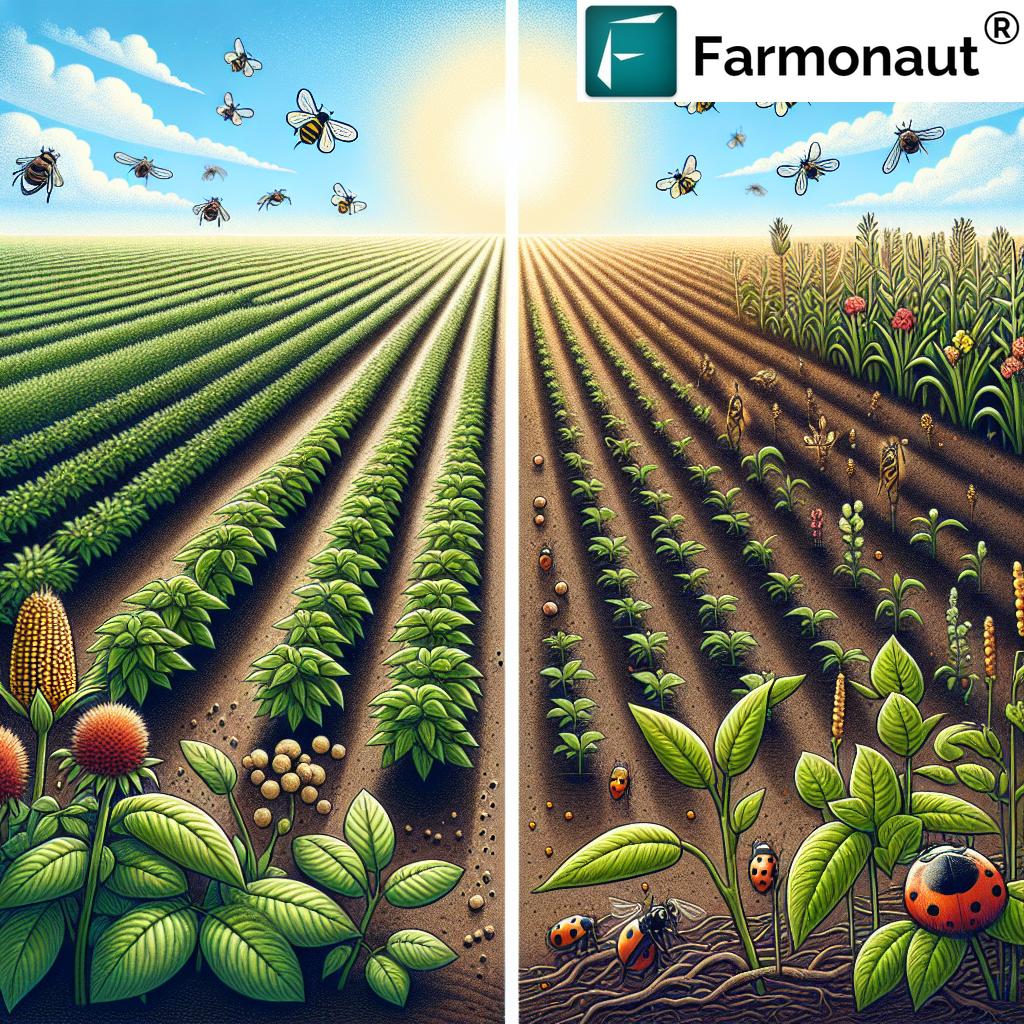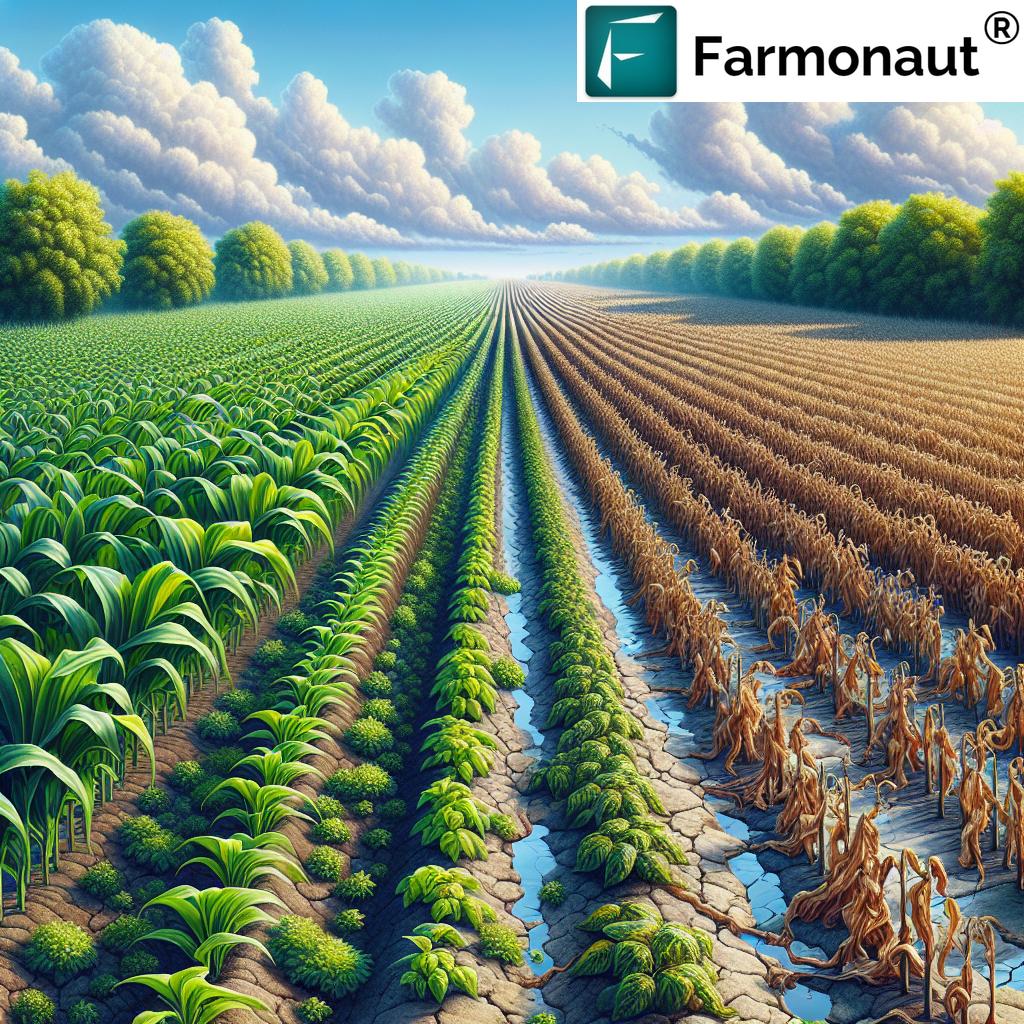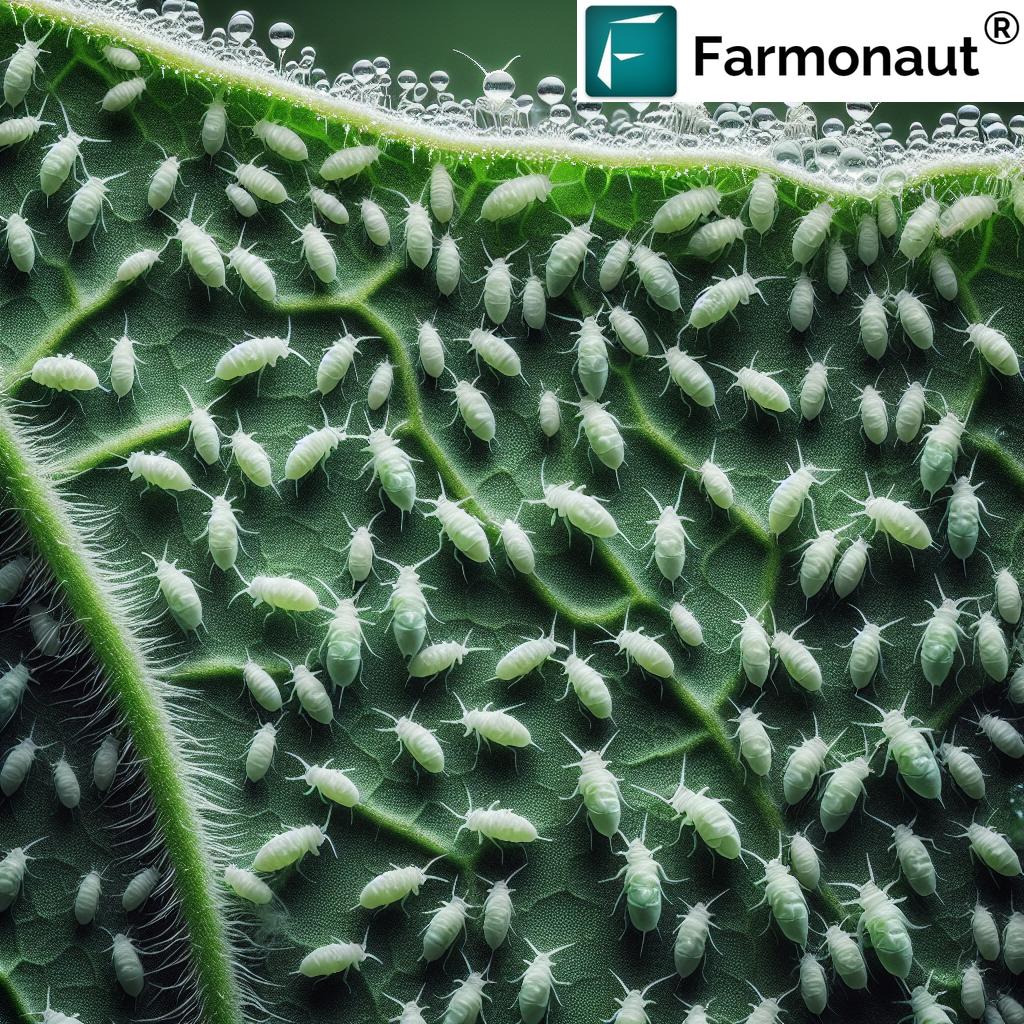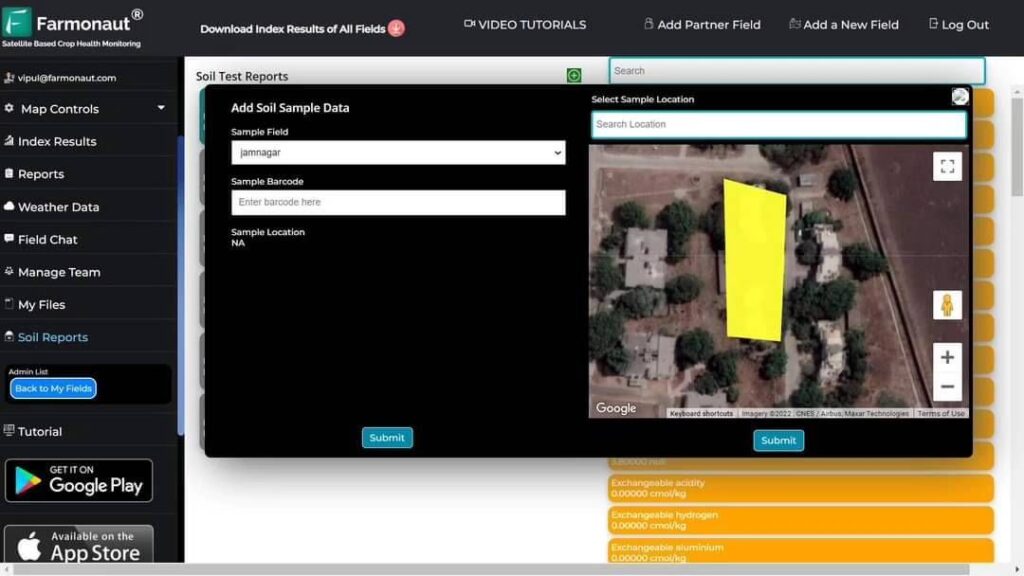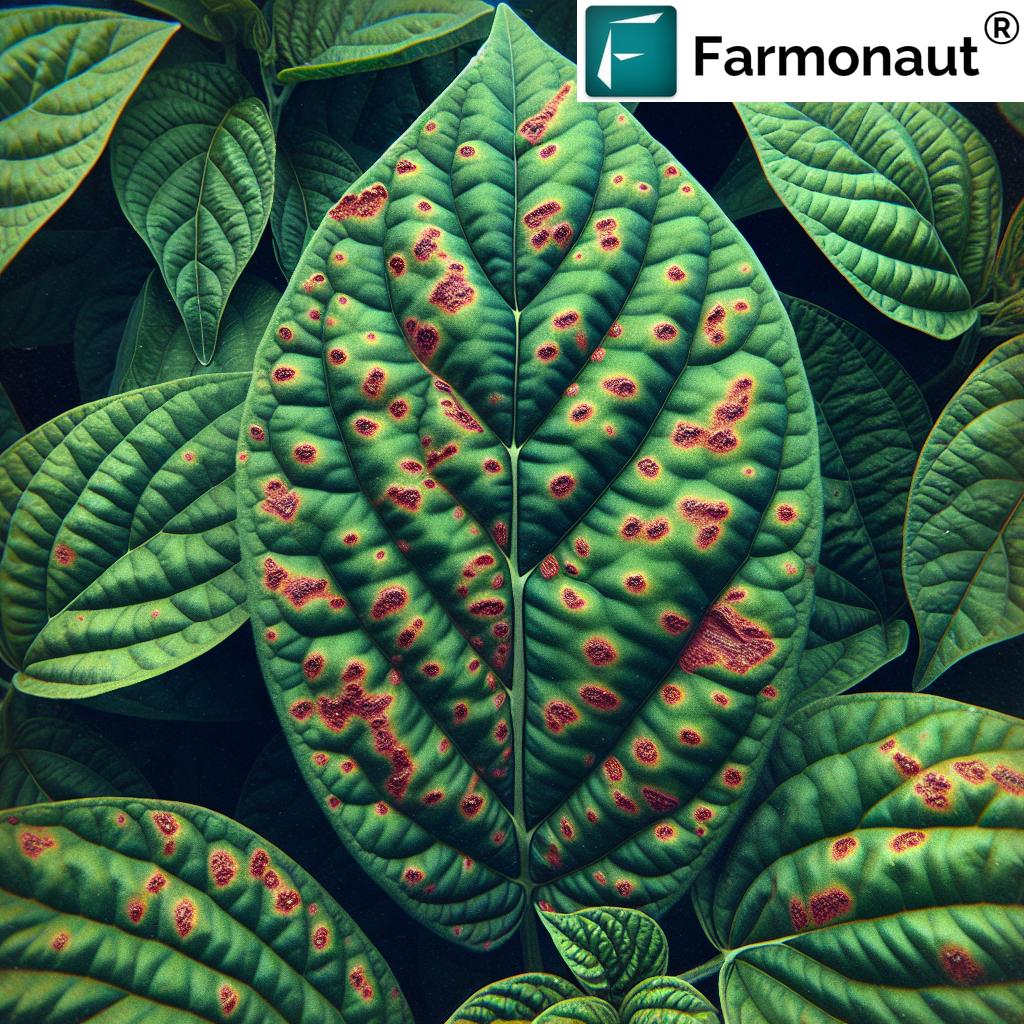Top 7 Agriculture Tips and Tricks for Smart Farming 2025
“In 2025, precision agriculture can reduce fertilizer usage by up to 40% through targeted soil mapping.”
“Sustainable farming practices may boost crop yields by 20% with the adoption of advanced soil health monitoring.”
Contents
- Innovative Agriculture Tips and Tricks for Sustainable Farming in 2025
- 1. Precision Agriculture: Making Every Drop Count
- 2. Soil Health: The Foundation of Productivity
- 3. Smart Irrigation Techniques
- 4. Integrated Pest Management (IPM)
- 5. Leveraging Digital Agriculture and Data Analytics
- 6. Sustainable Crop Selection and Diversification
- 7. Recognizing Good Agriculture Stocks for Investment
- Comparison Table of Smart Farming Techniques
- Frequently Asked Questions
Innovative Agriculture Tips and Tricks for Sustainable Farming in 2025
As global climate challenges, population growth, and resource limitations intensify, agriculture in 2025 must evolve by adopting innovative agriculture tricks and farming tips and tricks that promote sustainability, efficiency, and productivity.
Farmers and agribusinesses are increasingly relying on modern techniques such as precision technology, data analytics, and integrated sustainable practices to meet food security demands while preserving the environment.
This article explores the best agriculture tips and tricks for smart farming in 2025, with a focus on impactful, tech-driven, and sustainable practices every farm should consider for optimal productivity and future resilience.
1. Precision Agriculture: Making Every Drop Count
The move towards precision farming is transforming how agriculture operates globally. By utilizing GPS mapping, drones, satellite imagery, and IoT sensors, farmers now monitor and manage soil moisture, nutrient levels, and crop health at a micro level.
- Variable Rate Technology (VRT): Enables precise application of fertilizers, pesticides, and water only where needed, minimizing waste and lowering costs.
- Site-Specific Management: Technologies like drones and satellite-guided machinery allow for localized crop care, optimizing yield and improving environmental outcomes.
- IoT-based Sensors: Real-time monitoring of soil profiles and moisture helps schedule irrigation for maximum efficiency. Data-driven insights mean every drop counts.
For instance, precision agriculture can adjust input levels per soil zone, so that undernourished areas receive more nutrients while others are spared excess—saving up to 40% in fertilizer usage. With such agriculture tips and tricks, the sector is optimizing both yield and resource management.
Farmonaut’s satellite-driven large-scale farm management platform delivers advanced monitoring and AI-based advisory, enabling farmers to achieve higher productivity through actionable insights. For developers, our Farmonaut API allows seamless integration of these insights into custom agriculture tracks and management systems.
2. Soil Health: The Foundation of Productivity
Healthy soil forms the backbone of all successful agriculture. In the 2025 landscape, prioritizing soil health is essential to maintaining farm productivity and environmental integrity.
- Crop Rotation and Diversification: Rotating crop varieties improves soil structure and fertility by interrupting pest cycles and increasing organic matter.
- Cover Cropping: Using legumes, rye, or clover as cover crops adds nitrogen and organic residue, suppresses weeds, and prevents erosion.
- Reduced Tillage: No-till or minimum-till practices help maintain soil integrity while reducing input costs.
- Biochar & Amendments: Biochar and microbial inoculants boost nutrient cycling, enhance water retention, and build up long-term fertility.
- Soil Monitoring Technology: Portable sensors and lab analysis of pH and nutrient profiles facilitate precise amendments for optimal crop conditions.
In 2025, using satellite soil moisture monitoring, such as technology provided via the Farmonaut platform, enables farmers to remotely assess soil health, track changes, and make timely interventions—creating a smart, regenerative agriculture system for the future.
Explore Farmonaut’s Carbon Footprinting: Monitor and reduce your environmental impact in real time. Assess soil carbon and emissions at field- and farm-scale, supporting your shift to climate-smart agriculture tracks aligned with sustainability goals.
3. Smart Irrigation Techniques
Water scarcity poses a major threat to agriculture productivity worldwide. By adopting smart irrigation systems, farmers are able to conserve water, minimize costs, and ensure crops receive optimal hydration in 2025 and beyond.
- Drip Irrigation: Directs water precisely to plant roots, lowering evaporation and improving irrigation efficiency.
- Soil Moisture Sensors: Embedded sensors accurately track moisture levels, triggering irrigation only when needed and reducing waste.
- Automated Control Systems: Use environmental data and weather predictions to schedule irrigation for optimal efficiency—ensuring you don’t overwater during rainy periods.
- Connected Devices & IoT: Integrate remote sensors, weather stations, and mobile controls for farm-wide management from anywhere.
For seamless operations, adopting technologies like Farmonaut’s resource management tools can vastly improve the reliability and intelligence of irrigation management—connecting field data to actionable apps for optimal results. Discover more in our Fleet and Resource Management solutions for logistics, water usage, and farm inputs tracking.
How Can Remote Monitoring Help Your Farm?
Using solutions like ours, farmers can monitor moisture and nutrient levels from any smart device. This not only saves labor and water, but helps meet global climate challenges by reducing input waste and improving farm sustainability.
4. Integrated Pest Management (IPM): Smarter Crop Protection
Crop losses due to pest outbreaks and diseases remain a significant threat. Integrated Pest Management (IPM) combines innovation with traditional wisdom for balanced, sustainable crop protection.
- Biological Controls: Foster natural pest predators (like beneficial insects and birds) by diversifying vegetative cover and promoting companion planting.
- Pest-Resistant Crop Varieties: Using biotechnology and selective breeding to reduce vulnerability to pests.
- Biopesticides and Low-Toxicity Products: Rely on natural substances (e.g., neem oil, Bt, fungi) to target pests while protecting pollinators and beneficial organisms.
- Field Monitoring and Scouting: Employ traps, visual inspections, and digital diagnostics to detect issues early—minimizing pesticide use and crop losses.
- Cultural and Mechanical Practices: Rotate crops, time planting for pest avoidance, and use barriers or traps as non-chemical defenses.
IPM tools and data analytics empower farmers to intervene at the right time with the right techniques, effectively reducing damage and input costs while maintaining environmental health.
Discover Blockchain Product Traceability: Farmonaut’s blockchain-based traceability platform ensures transparency, enabling real-time tracking of crops from field to market while maintaining quality and safety standards.
5. Leveraging Digital Agriculture and Data Analytics
Digital agriculture and data analytics are rapidly becoming core assets in smart farming. Connected devices, mobile apps, and AI-enabled platforms provide farmers with unprecedented access to real-time data, supporting:
- Cropping Schedules: Use of digital calendars and reminders optimizes planting and harvest timings.
- Input Tracking: Platforms allow monitoring of fertilizer, pesticide, and water applications for greater resource management.
- Weather Integration: Advanced weather forecasting tools adapt farm operations to short- and long-term climate shifts.
- Market Insights: Access current market prices, trends, and demand forecasts to inform production strategies and boost profits.
- Predictive Analytics: AI and machine learning analyze farm data to suggest effective crop rotations, highlight risks, and improve logistics.
Farmonaut offers these digital agriculture tools via web, Android, and iOS apps—making satellite insights, resource management, and AI advisories accessible to everyone.
Satellite-verified crop loan and insurance further supports farmers with risk assessment and streamlined access to credit, based on periodically updated field data.
“Sustainable farming practices may boost crop yields by 20% with the adoption of advanced soil health monitoring.”
6. Sustainable Crop Selection and Diversification
Diversification is a critical farming tip and trick for sustainable crop production in an era of climate uncertainty and shifting markets.
- Drought-Resistant and Climate-Robust Varieties: Selecting resilient crop varieties ensures yield stability against unpredictable weather.
- Intercropping and Polyculture: Boost biodiversity, naturally suppress pests, and build healthier soil by planting complementary crops.
- Agroforestry: Mixing trees and shrubs into farm landscapes improves soil health, offers shade, captures carbon, and opens additional revenue streams.
- Market-Driven Decisions: Stay agile by monitoring trends and consumer demand, adapting crop choice for best returns.
By deploying these techniques and employing reliable digital analytics platforms, farmers can secure both environmental and economic sustainability for their farms, advancing toward the future of smart agriculture.
7. Recognizing Good Agriculture Stocks for Investment
The agriculture sector in 2025 isn’t just about raising crops—it’s also about smart investment in the technologies and companies shaping our agricultural future.
- Tech Innovators: Look for good agriculture stocks in companies leading in drones, IoT sensors, satellite imagery, and AI-based decision platforms.
- Biotech and Sustainable Agri-Inputs: Firms developing resilient seeds, biofertilizers, and biopesticides align with global sustainability goals.
- Resource Optimization Tools: Providers of advanced irrigation systems, fleet, and logistics tech help drive down waste and operational costs for farms worldwide.
- Blockchain and Supply Chain Verification: Platforms with traceability features foster transparency, increase trust, and provide investment value as consumers demand quality and origin assurance.
Discover how Farmonaut’s traceability tools offer blockchain-verified authenticity in agriculture tracks.
While selecting agriculture stocks, analyze a company’s technology base, its commitment to sustainability, and scalability for maximum return. Investing in this space supports positive climate action and the growth of the next wave of farming innovation.
Comparison Table of Smart Farming Techniques: Top 7 Agriculture Tips and Tricks 2025
| Technique Name | Description | Technology Used | Estimated Yield Improvement (%) | Sustainability Impact | Ease of Implementation |
|---|---|---|---|---|---|
| Precision Agriculture | Micro-scale resource application based on real-time field data. | GPS, Drones, Satellite, IoT Sensors | 15–25% | High | Advanced |
| Soil Health Management | Building fertility via rotation, amendments, and monitoring. | Soil Sensors, Satellite, Lab Analysis, Biochar, Microbial Inoculants | 10–30% | High | Moderate |
| Smart Irrigation | Automated, sensor-driven water management for crops. | Drip Systems, Soil Moisture Sensors, Weather Data | 15–20% | High | Moderate |
| Integrated Pest Management (IPM) | Balanced use of biological, chemical, and cultural controls. | Field Monitoring Devices, Digital Scouting, Biopesticides | 8–15% | High | Easy |
| Digital Agriculture & Analytics | AI-driven platforms optimize farm operations using big data. | AI, Apps, Cloud Analytics, APIs | 15–22% | High | Moderate |
| Crop Diversification | Growing multiple, climate-resilient crop types for resilience. | Decision Support Tools, Weather Analytics | 12–18% | High | Moderate |
| Agri-Tech Stock Investment | Backing innovative, sustainable companies. | Stock Markets, Investment Analytics | Variable (up to 30%) | Medium | Easy |
Choose Your Affordable Farmonaut Subscription
Get started with cost-effective, scalable satellite solutions for your farm, business, or organization. Unlock real-time monitoring, resource management, and AI insights for smart, sustainable agriculture tracks—tailored for individual users, enterprises, and governments.
Frequently Asked Questions: Agriculture Tricks and Technology in 2025
Q1. What is the importance of precision agriculture in 2025?
Precision agriculture uses GPS, sensors, and satellite imagery to manage inputs like fertilizers and water at site-specific levels, improving yield, reducing costs, and minimizing environmental impact—making it among the most effective agriculture tips and tricks for modern farms.
Q2. How can soil health monitoring enhance productivity?
Soil health monitoring enables precise amendments based on real-time data, helping to maintain soil structure, fertility, and resilience—key to sustaining high crop productivity in changing climates.
Q3. Are smart irrigation systems costly to implement?
While initial investment can be moderate, costs are quickly offset by water savings, reduced labor, and improved crop yields. Many smart irrigation solutions offer modular, scalable options suited for diverse farm sizes.
Q4. What is Integrated Pest Management (IPM)?
IPM is a holistic approach combining biological, mechanical, cultural, and targeted chemical practices for sustainable pest control, emphasizing data-driven, minimal-chemical interventions for optimal crop health.
Q5. How does digital farming make agriculture smarter?
Digital farming uses IoT, AI, and cloud platforms to aggregate farm data in real time, offering actionable insights and automation—from planting schedules to input management—for smarter, more responsive farming operations.
Q6. Where can I access Farmonaut’s tools?
Farmonaut solutions are available via web application, Android app, iOS app, and API integration to suit all types of users including developers and businesses.
Q7. What should I consider when investing in agriculture stocks in 2025?
Evaluate companies based on their technology innovations, scalability, and commitment to sustainability. Sectors like precision tech, biotechnology, and supply chain traceability point to future growth and resilience.
Conclusion: Defining the Future of Smart, Sustainable Agriculture
As we progress toward 2025, integrating modern agriculture tricks with time-tested farming tips and tricks will define the success and sustainability of farms worldwide. By embracing precision agriculture, monitoring soil health, implementing smart irrigation, and leveraging data analytics, the industry is poised for a future of robust productivity and environmental stewardship.
Farmonaut’s accessible, cost-effective, and data-rich satellite platform supports farmers, businesses, and governments in this global transition—bringing innovative insight and advanced resource management to every field. As the agri-sector evolves to meet food security demands amid intensifying challenges, these agriculture tips and tricks will remain the cornerstone of a resilient, climate-smart food system.
Stay innovative, stay sustainable—with smart, data-driven farming for the future.




